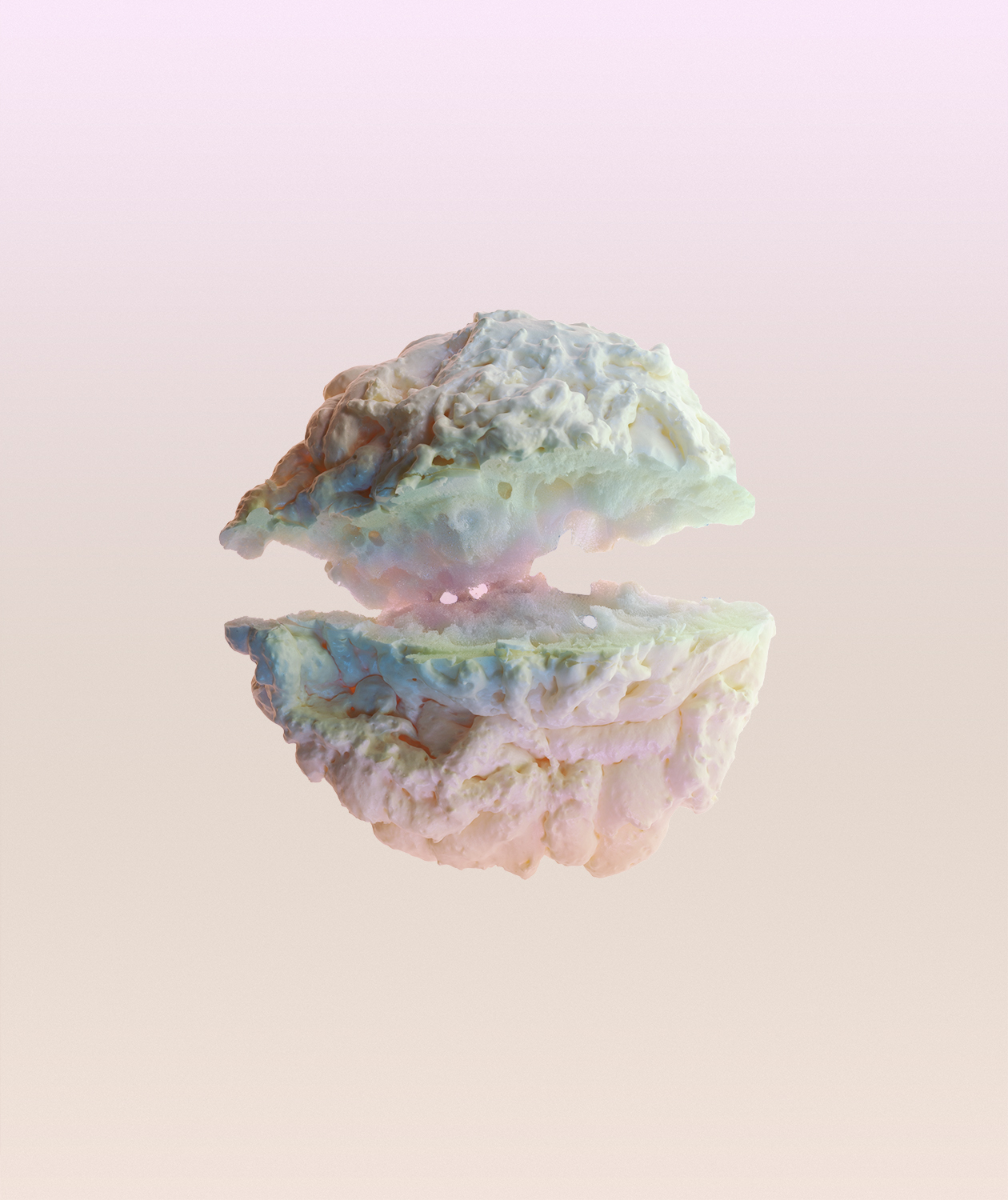
Election season is in full swing.
(Even though we vote in 11.20)
We know this, because Trump is back on the campaign trail, and according to the news, he’s now got his hordes shouting “Send her back” instead of “Lock her up.”
Kids are in jail at the borders, and our president is publicly declaring that brown-skinned, natural born Americans should go back to the country of their parents’ origin.
Racism is about in the world, and always has been, but only at certain times does it climb the Empire State Building, shake a woman in its fist, and scream at the top of its lungs, out and proud in all its simian fury.
Trump does it though, and it works for him.
He knows how to communicate his message, and to read his audience. It’s almost as if he spent 10 years digesting highly specific demographic data about the preferences of the low-information voters who watched him scream at and insult people for a living on television.
(Oh, that’s right…)
He’s an entertainer, and he knows how to work the room.
No one would deny him that.
Only now, instead of deciding which sycophantic businessperson to fake-fire, he gets to lord over a system that incarcerates children, denies them tooth brushes and soap, and also encourages outright racism and awful vilification by his MAGA marauders.
As I wrote last week, though, right-wingers don’t have a monopoly on violent, nut-bar gangs who intimidate, and battle in public places. (Honestly, the look on that bouncer’s face when I said, “Antifa?” was just priceless.)
Trump, for his lack of traditional markers of intelligence, is definitely street smart. He knows human nature, and understands what makes people tick.
It’s gotten him where is now, just as Reagan and W. Bush also presented as dumb in public, perhaps to appease a base that is so openly anti-intellectual?
But it’s human nature I want to talk about, right now, as I think back to the Photolucida festival, where I spent the better part of a week in late April.
I often wait a couple of months before I revisit a photo festival in earnest, here on the blog, because giving it time helps the meaningful bits settle into memory, and the less-important stuff falls by the wayside.
For instance, I don’t remember which Thai Noodle cart I stopped at, because it looked like a thousand others, and while the noodles were a solid 7.5 or 8, they were not distinctive in any way.
While the chicken meatball parmigiana sandwich I had at 24th and Meatballs, where the owner in the back was from New Jersey, was something to write home about.
With respect to people, though, as I’ve already written, I had a tremendous time in Portland, at parties and concerts, and certainly at the review table, where I met 48 photographers over 4 days. With 12 additional reviews, (at the portfolio walk and such,) I easily saw 60 portfolios, and will ultimately show quite a few here too.
Photolucida rocks, no question.
Perhaps because the festival is biennial, it was really well-attended, and there were a shockingly large number of people that I knew from previous reviews as well.
It must have been a coincidence, but as I wrote in the London articles, while in Europe I was anonymous, but in Portland, I seemed to know everyone.
This will sound like a shitty thing to complain about, I well understand, but the problem was, in Portland, that people weren’t respecting my personal space. Or my personal time.
I’ve been to many a review as a photographer, and I’ve also written extensively about the past phenomenon of photographers showing up at the review table totally unprepared, not knowing who they were meeting, or what the person’s background was at all.
Other colleagues also wrote blogs about that behavior, and the appropriate professional etiquette became more widespread. Since the word got out, “Do your research,” that doesn’t happen so much anymore, and it didn’t happen once at Photolucida.
Everyone was a pro, in that regard.
But I was not the only reviewer at the festival that was constantly using the side door, or sprinting to the elevator, and others mentioned that the hotel lobby was a no-go zone for them as well.
It got to the point that when one person who’d paid to be reviewed by me at the table wanted to have a quick chat, we met outside, on the side of the building, like something out of a detective novel, rather than be seen in public.
It sounds like I’m exaggerating, but I’m not. People were THAT aggressive.
I even had one person approach me as I stepped out of my hotel room, with garbage in my hand, to give to the housemaid who was standing across the hall.
(How someone managed to time that I’ll never know.)
I remember once, at FotoFest in 2012, when I was a photographer, waiting outside the main doors for the reviewers to come out on their break.
One woman, whom I’d just had a review with, looked at me with abject fear when she saw me standing there, and I lowered my eyes and let her go to the bathroom in peace, as I was ashamed.
But I didn’t understand how she felt until this April.
Because a lot of you read this, and do attend reviews, I have to say this specifically, even if I risk sounding like a jerk.
Everyone deserves the right to go to the bathroom, or head to their hotel room, or catch up with a friend, without being approached like a celebrity.
When you attend a review, social cues can be subtle, but it’s really important that you not “bother” someone, as that is totally counterproductive, in a professional environment.
If you’re there to have someone look at your work, and hopefully help you and your career, then pissing that person off is inherently a bad idea.
So while I tried to be patient each time it happened, the regularity of the occurrence was too much to miss, and too much of a theme not to mention.
If you remember that the person across the table is a human, with hunger, and headaches, and children at home, it might help you abstain from trying to make that one last connection, or pass along one last business card.
I know I didn’t get to talk with people I wanted to, people I actually know, because I was so constantly being interrupted by someone who wanted a moment of my time.
For the record, I’m not in a bad mood, and think it’s time to move on before I sound like a scolding grandma, threatening to take your cookies away if you don’t do as I say.
Photolucida, as I’ve said before, was a really excellent festival, and I saw more work that I can write about than at any review I’ve ever visited.
Last week, I showed you the first batch of portfolios, so let’s get on with it, and feature the next round of the Best Work I Saw at Photolucida.
We’ll begin with Carol Isaak, because we had such an interesting conversation. Carol is based in the Portland area, and is also married to a Rabbi. (Sending good wishes to the Rabbi is a great way to end a conversation.)
Though Carol is obviously Jewish, she had photographs from India that seemed to convey a sense of Zen, or meditativeness, that spoke of a religious feeling. She hadn’t considered the work that way, but after our conversation, she mentioned to me a Jewish concept of Kavanah, or intention, that she does feel flows though the imagery.
James Lattanzio is a Queens guy, originally, but has lived in New Jersey for years. He’s a working commercial photographer, and several years ago, decided he needed to push himself out of his comfort zone.
The best art projects often come when we decide to do something radically new, and adopt a process where we don’t know what the result will be before we begin.
James hadn’t done much portraiture work, so he chose to use some window light in his garage, and photograph local high school athletes, as his daughter had been an athlete in school, and he just wanted to do it.
That’s often all the motivation one needs to reinvent one’s practice, and I think the resulting photos are excellent. (Though more than one teenager does appear to be trying hard to think deep thoughts. Age appropriate, I suppose.)
I met Sarah Knobel at the portfolio walk, and it was pretty clear that she was art school trained. (The strong use of light, color, texture and sharpness were dead give aways.) She confirmed my suspicion, and told me she’s a photo professor as well. (At St. Lawrence University in New York.)
She’s photographed building supplies, (insulation, primarily,) and made what look like temporary sculptures that she then photographed. As my most recent project was about party supplies, I had a personal bias towards her thought process, but really, how can you not think these pictures are rad?
Next, we’ll look at Lee Nelson’s project. Like many before him, (me included,) Lee was heavily influenced by Hokusai’s famed Japanese woodblock print project, “36 Views of Mt Fuji.”
Living in the Oakland, and working often in the LA area, Lee thought the Hollywood sign had a similar visual impact on the city, so he’s engaged in a long-term project looking at 36 views of the Hollywood sign.
I admit I’ve seen concepts like this before, (though not in this specific instance,) but I thought the pictures were fun and cool. As I tell people at the review table, not every project has to be political.
If you keep it real, and make work about what you know, care about, or want to explore, the rest normally takes care of itself.
Which is a great segue to look at Miska Draskoczy’s photographs of ice climbers. Miska told me he had done work for ICP, making documentary videos, but that he was an active ice climber in his spare time. (Lots of New York today, in a column about Portland…)
It’s basic advice, to tell artists or writers to focus on what they know, to marry their primary life passions with their artwork, but not everyone gets the memo. You’d be surprised how often people tell me, “No, I don’t want to do that,” and then I remind them I’m not their art boss, and we move on.
In Miska’s case, I told him I thought his project could evolve over time, and his imagery might develop a bit more “special sauce,” as it were, but I thought the photographs, based on inside access, and so visually cold, were strong already.
Finally, we’ll end today’s piece by looking at Sue Bailey’s photographs of trees at night. It’s also based mostly in NYC, but Sue mentioned she had images from two other cities, so I recommended she expand it out, to create a better balance of locations.
The subject matter, though, is less about specific cities, and more about what the urban light-scape does to trees at night. I’ve seen similar work, and reviewed one of Lynn Saville’s books a few years ago, but just as all work need not be political, not everything needs to break new ground.
These are beautiful, and I’d hate to see the day when that wasn’t enough for me.
Have a great summer weekend!

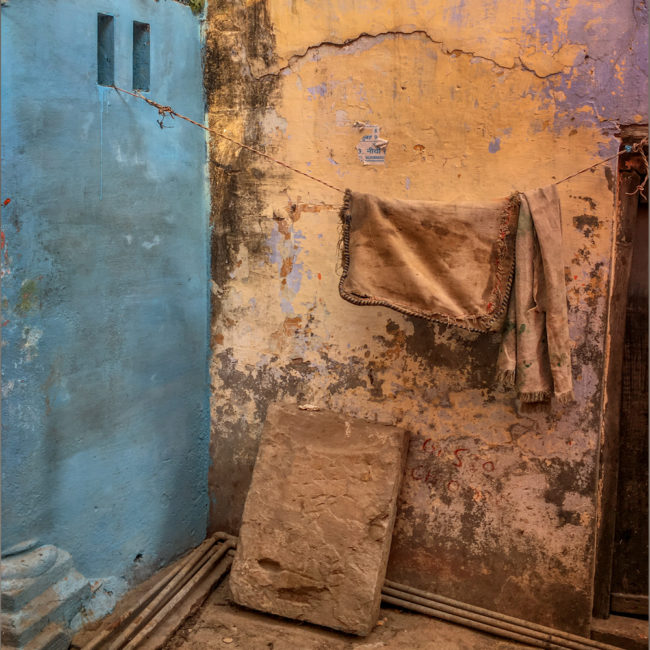
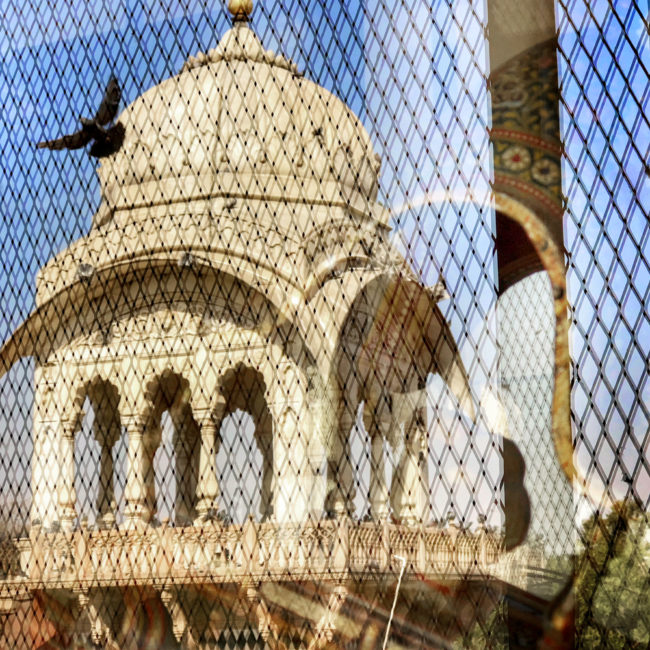
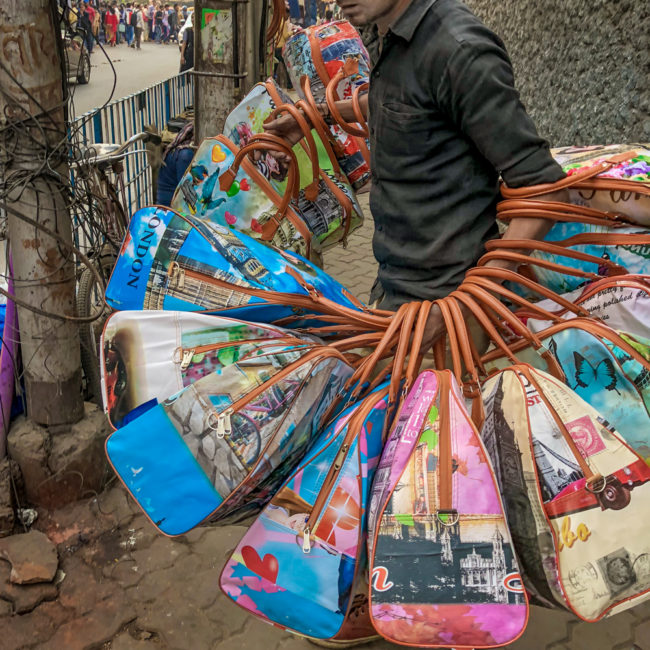
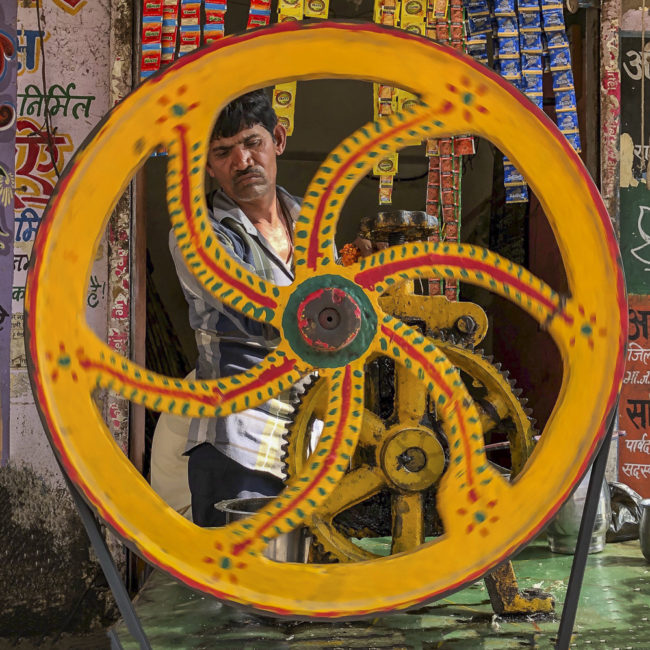
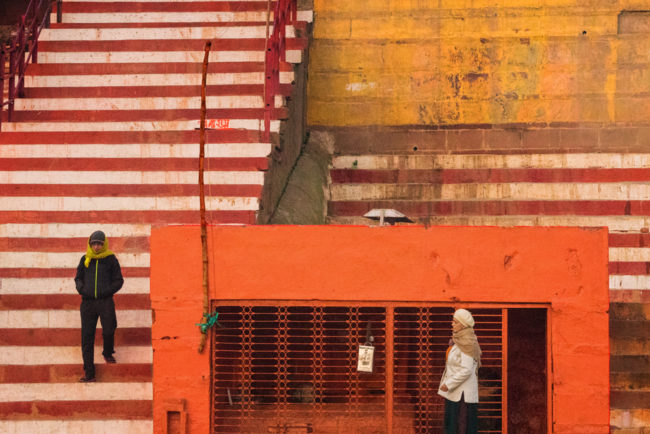
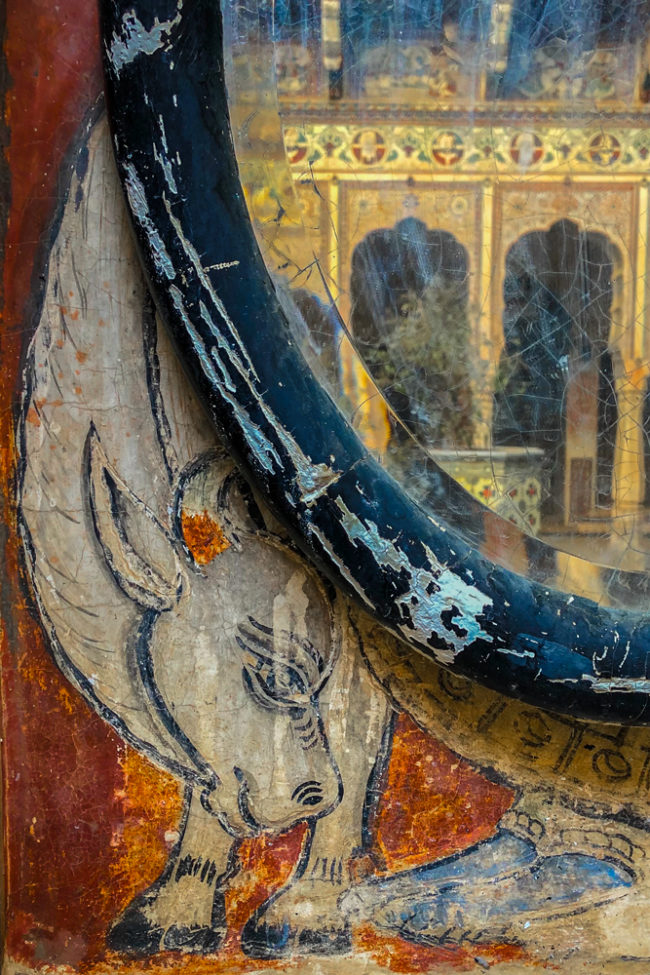


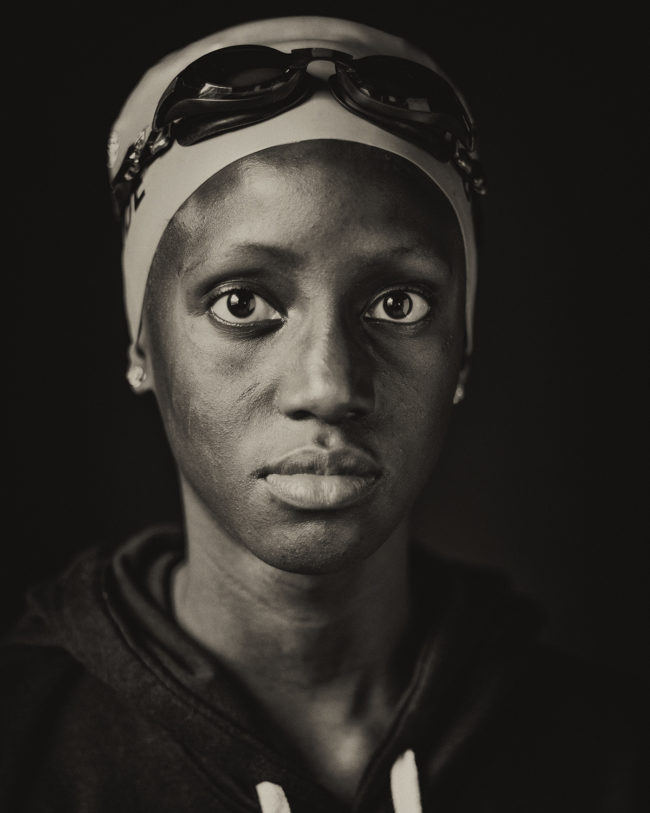
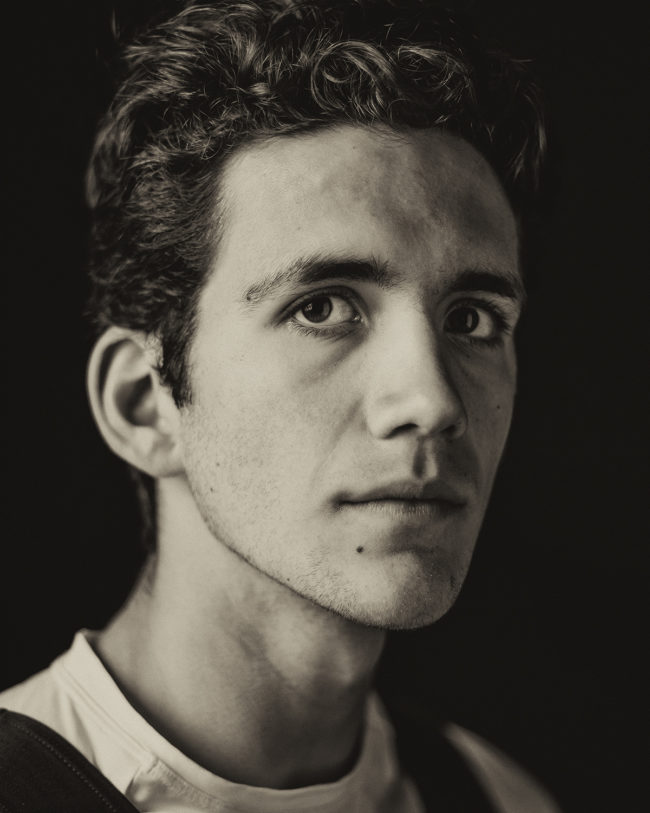
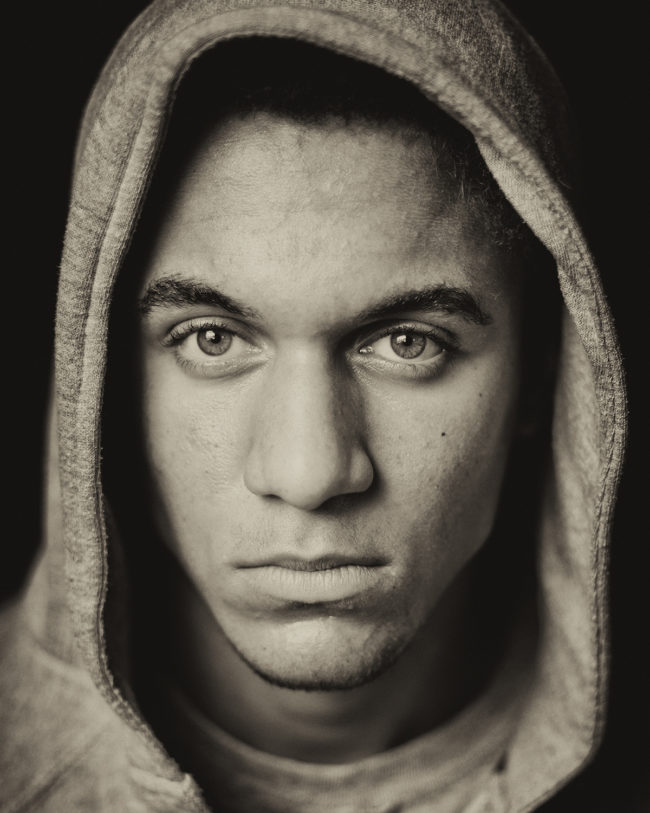
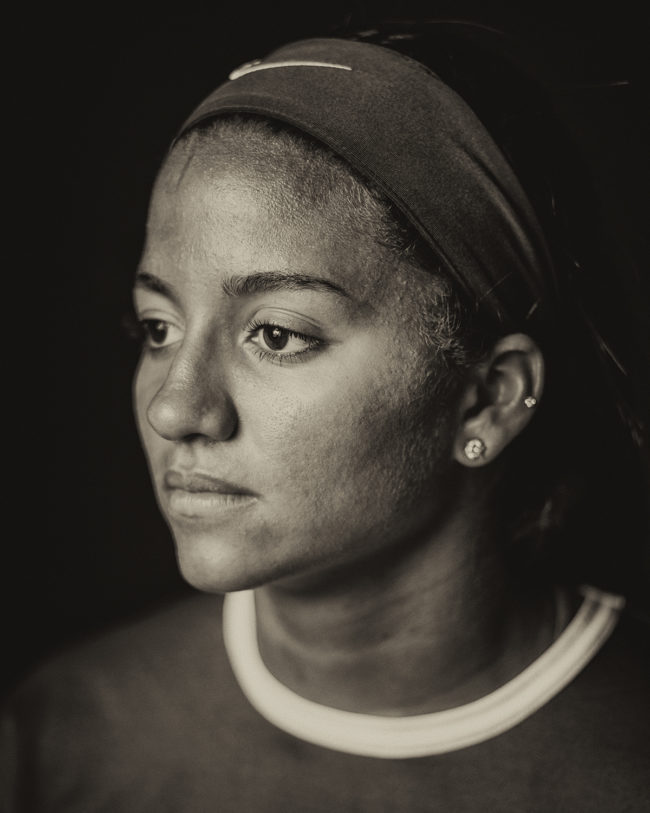


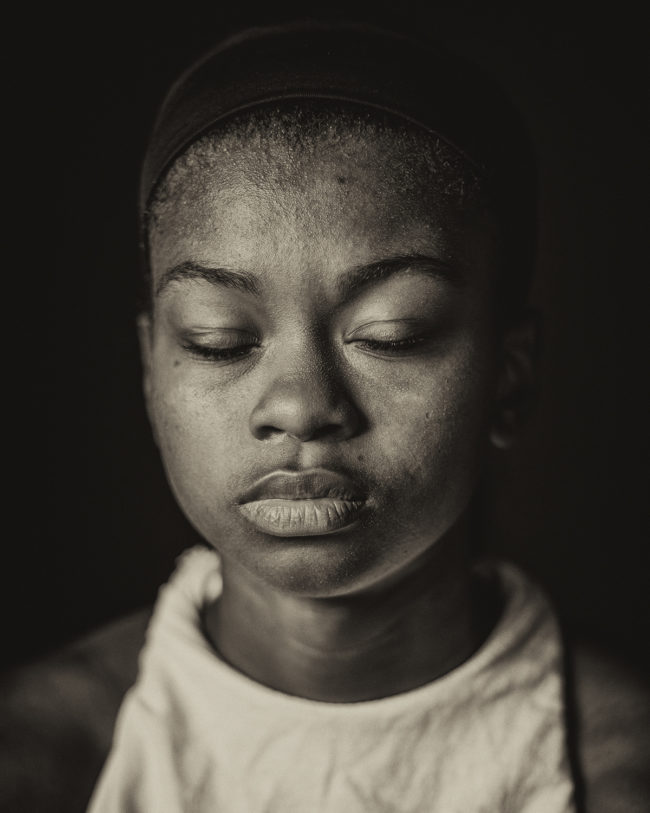


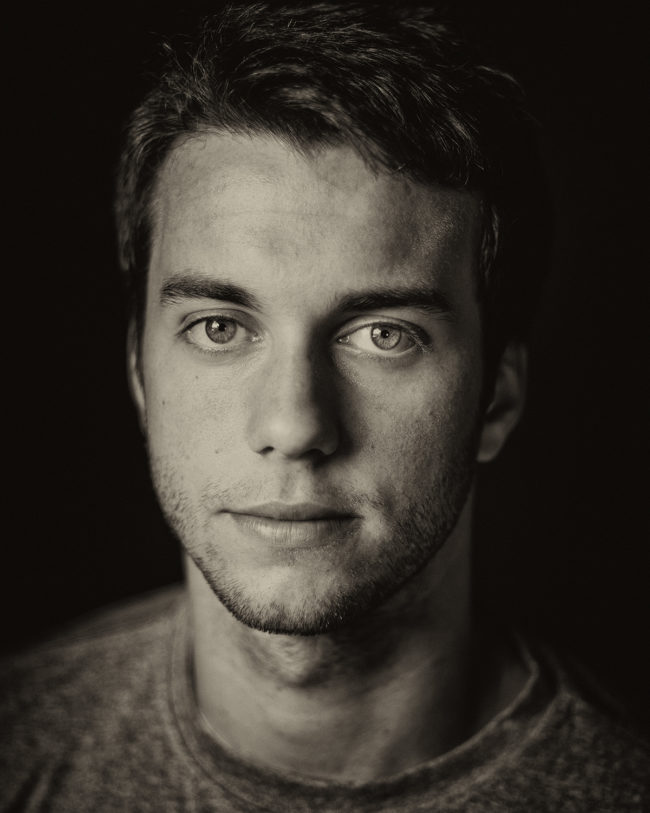
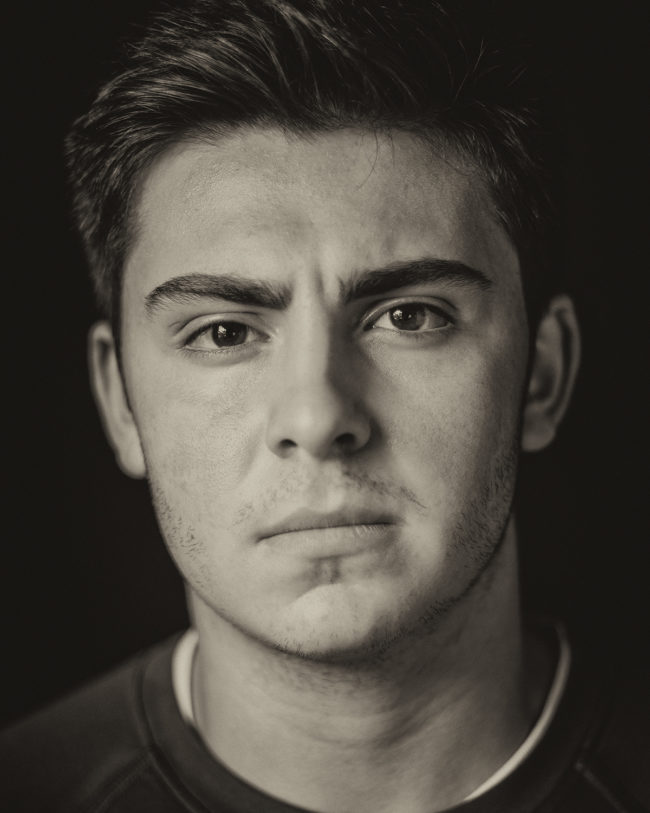

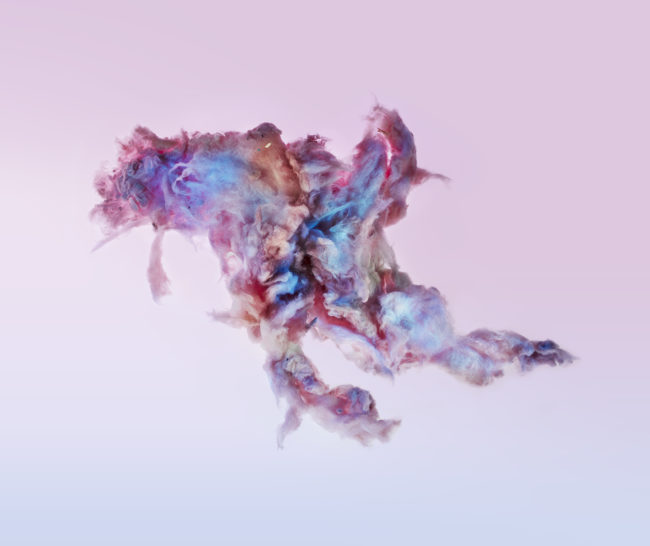


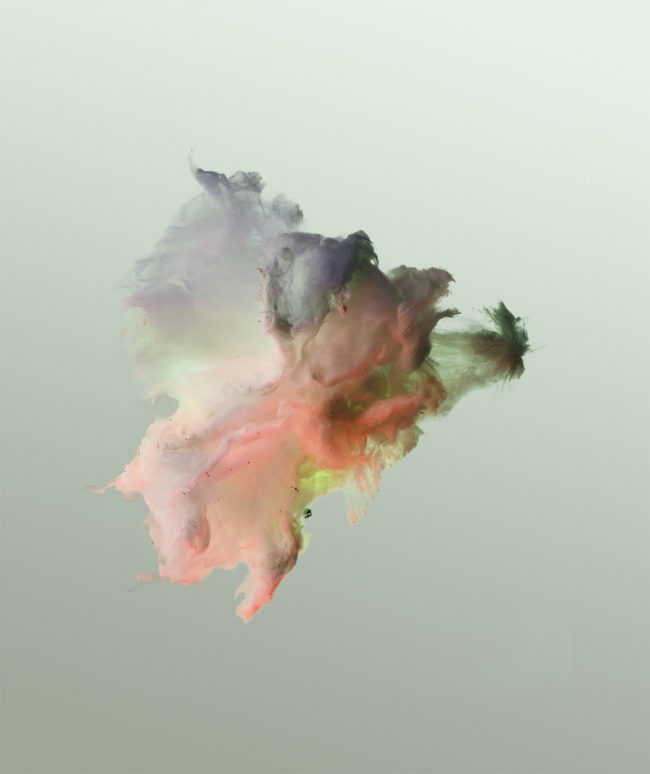
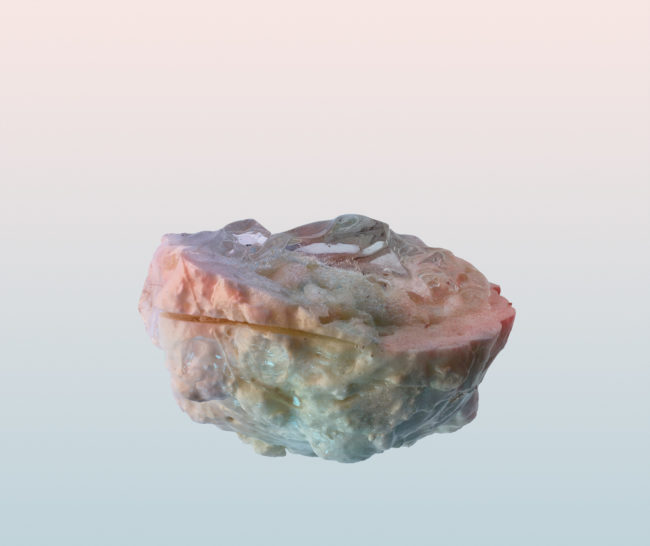
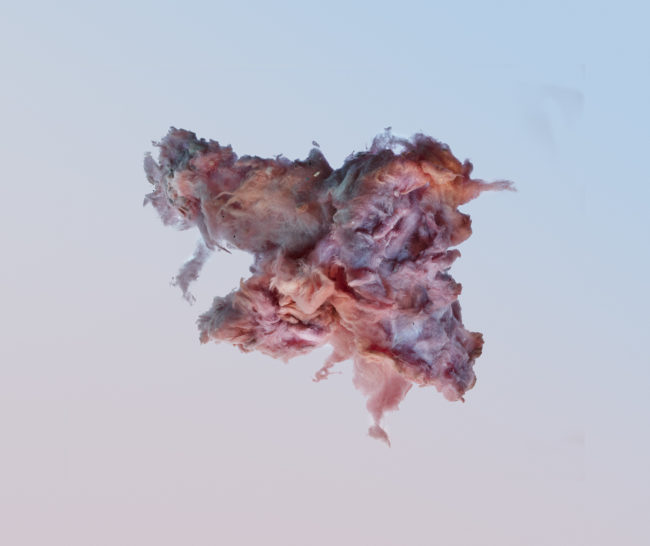
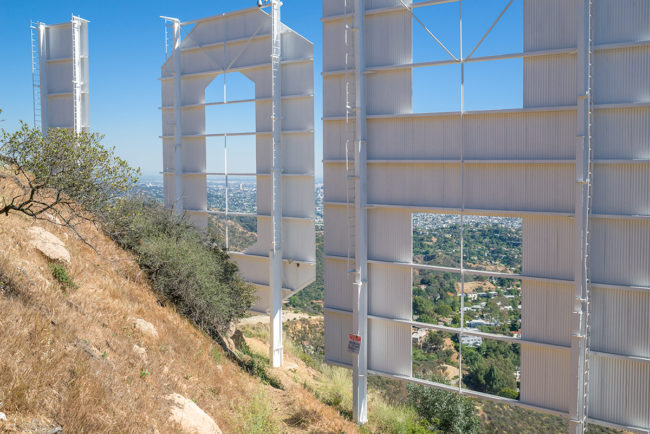
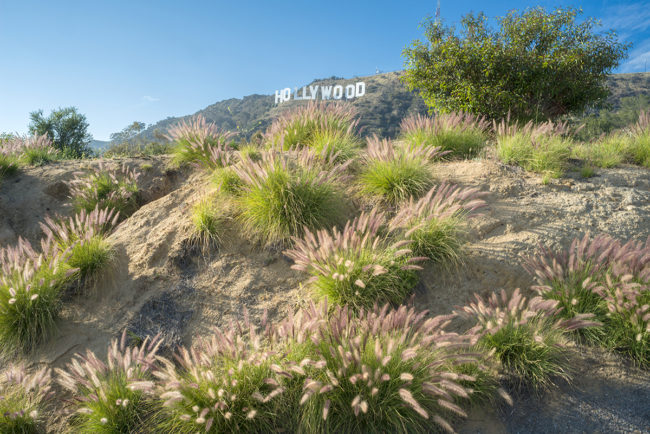
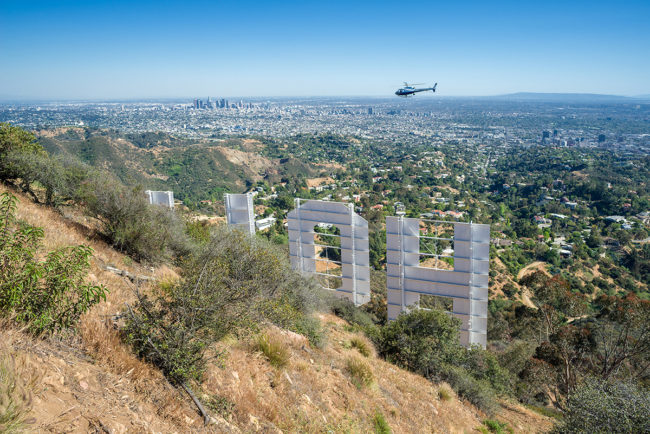
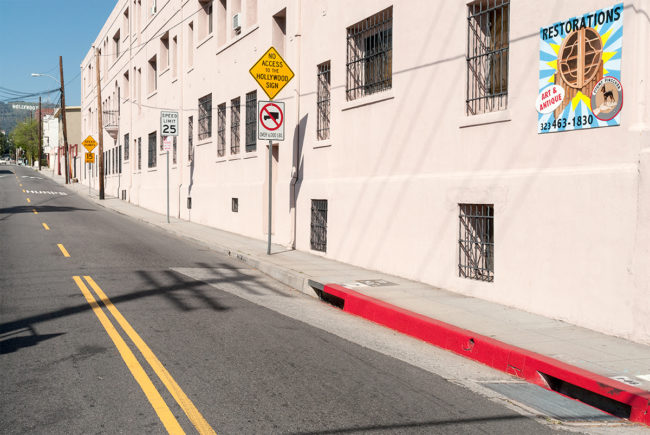
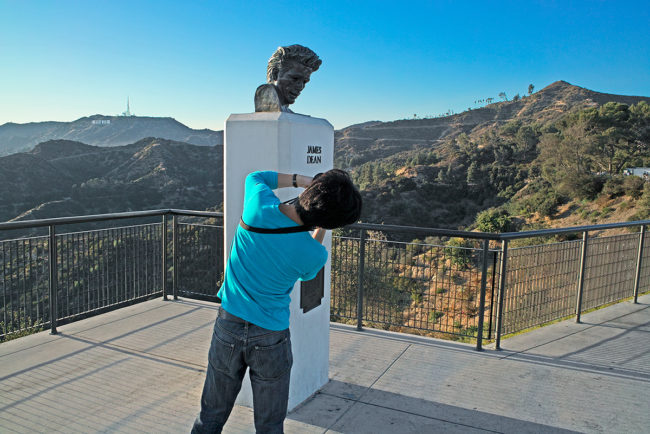

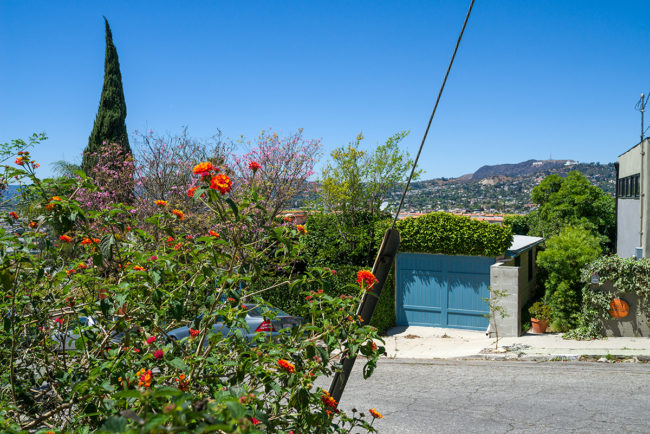
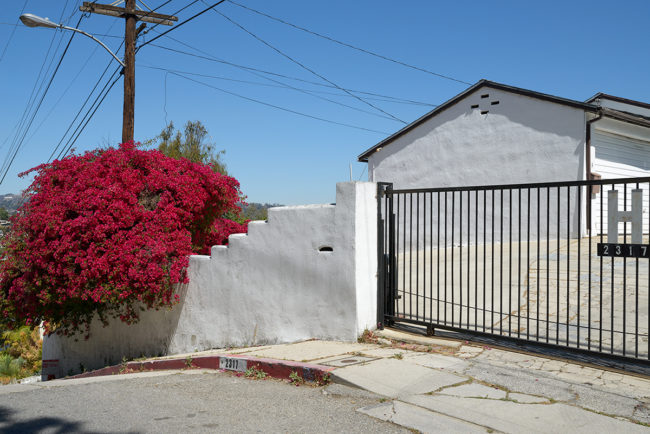
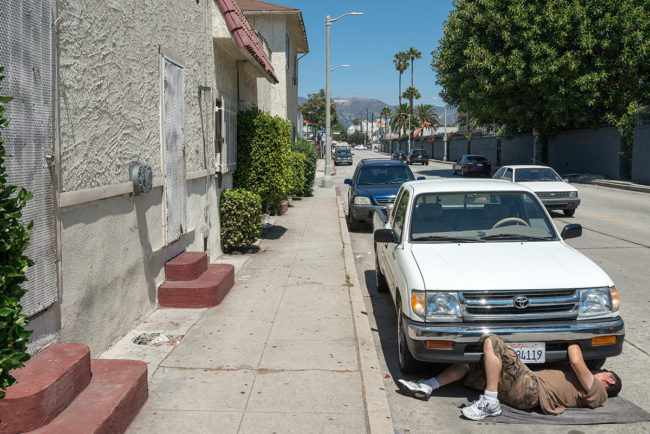

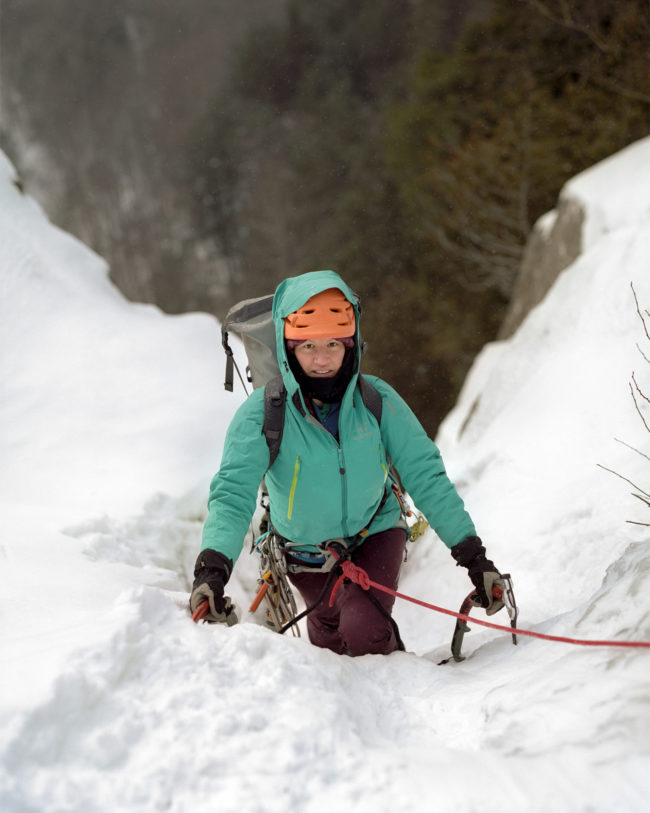

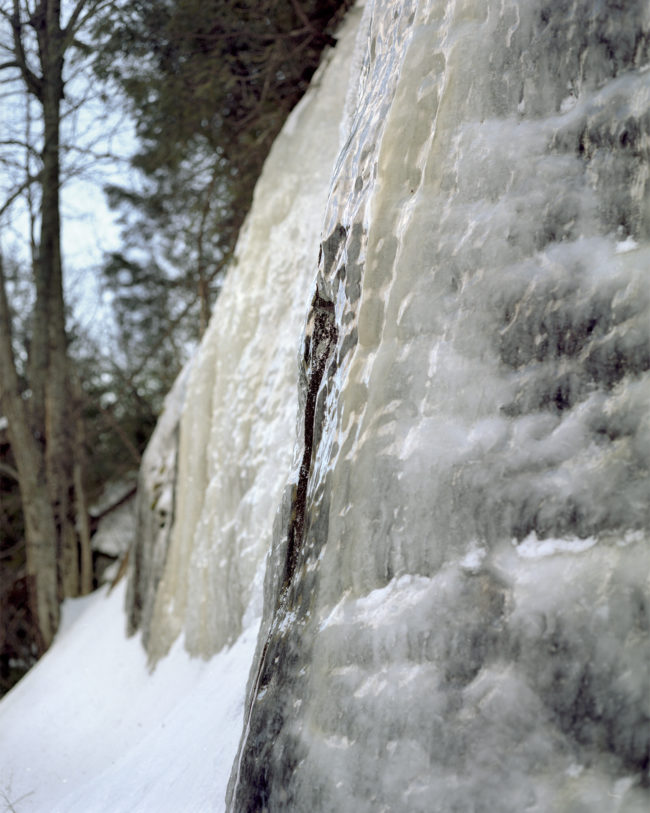
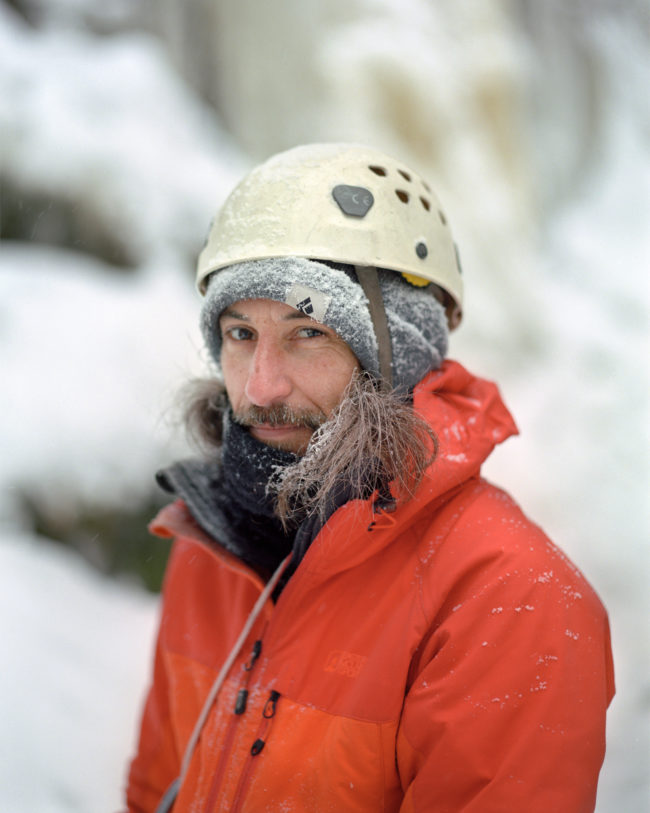
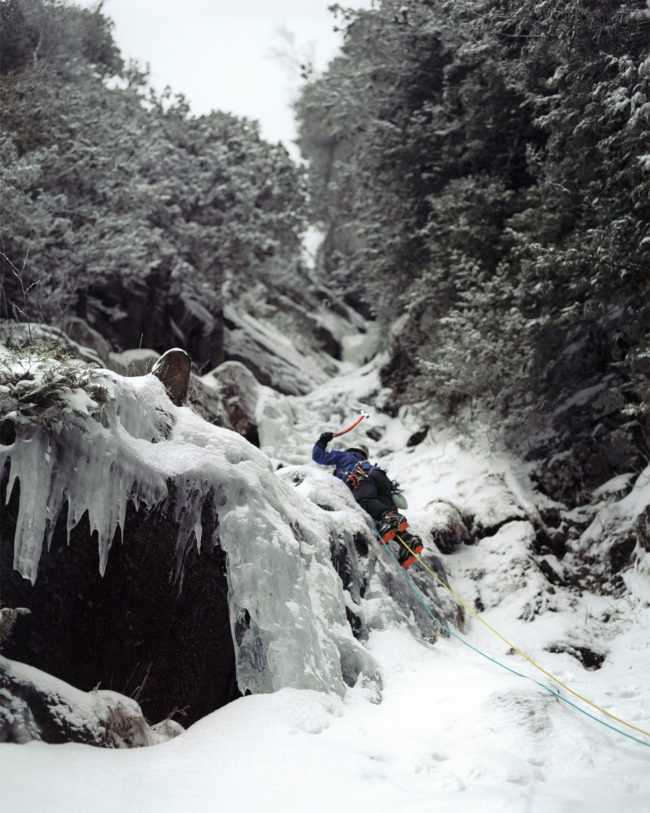



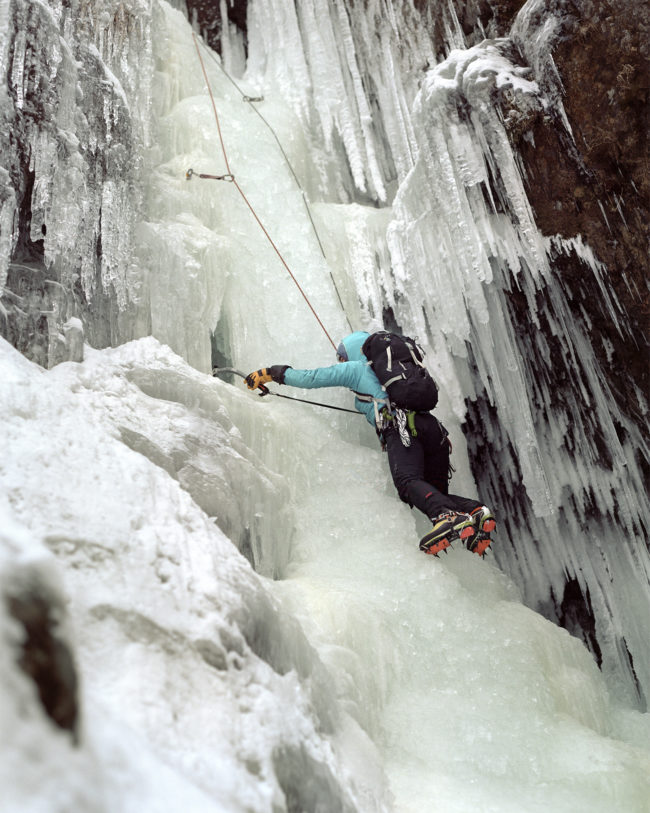
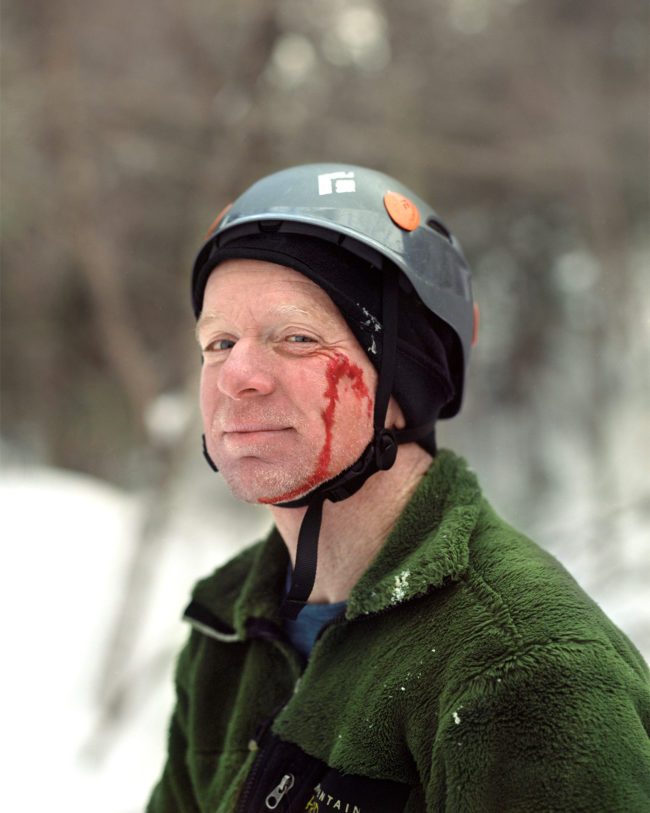
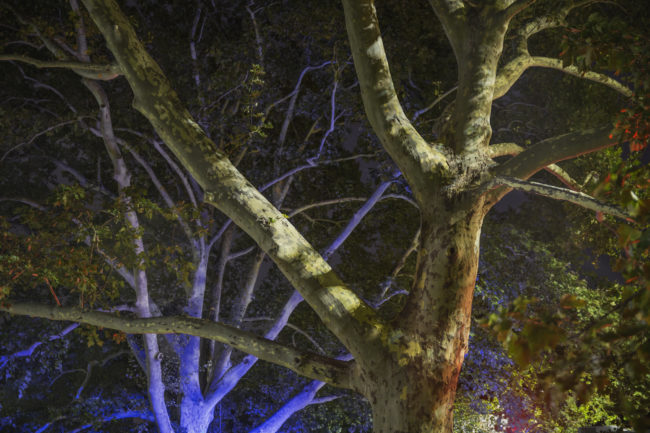
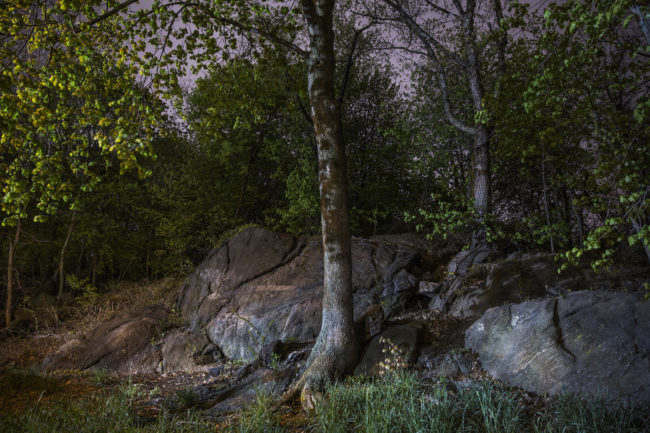

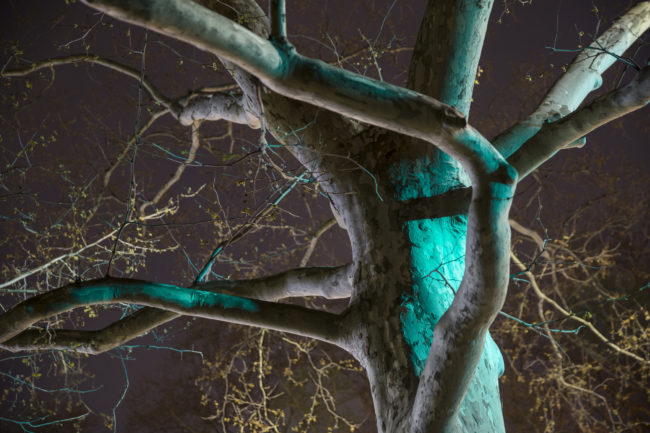

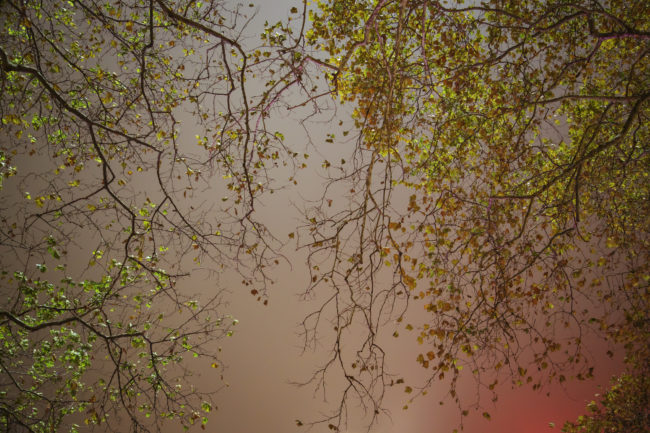

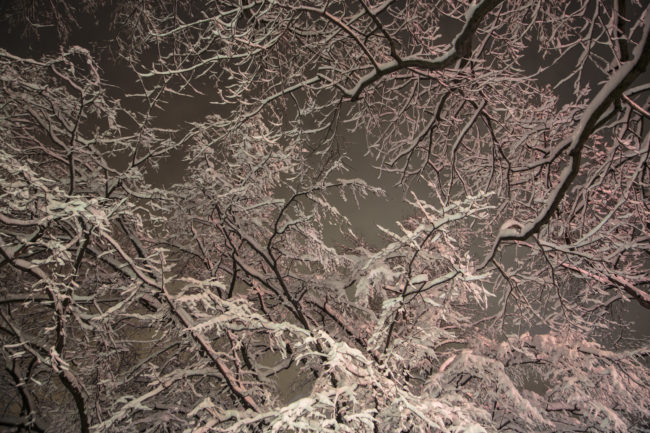


1 Comment
A very interesting cross-section of styles and subjects. The one thing which struck me about the portraits by James Lattanzio, though, was not so much the one who appears to be trying to capture deep thoughts, but all but one (probably the same person) who have such an inherent look of sadness in their eyes. This was the one thing which struck me right across the series.
Comments are closed for this article!